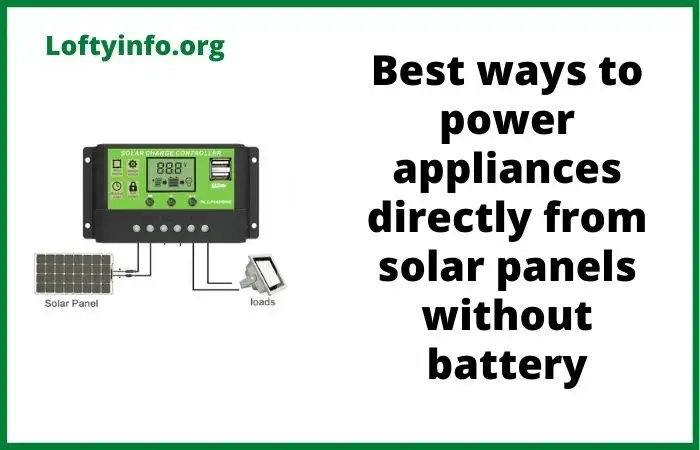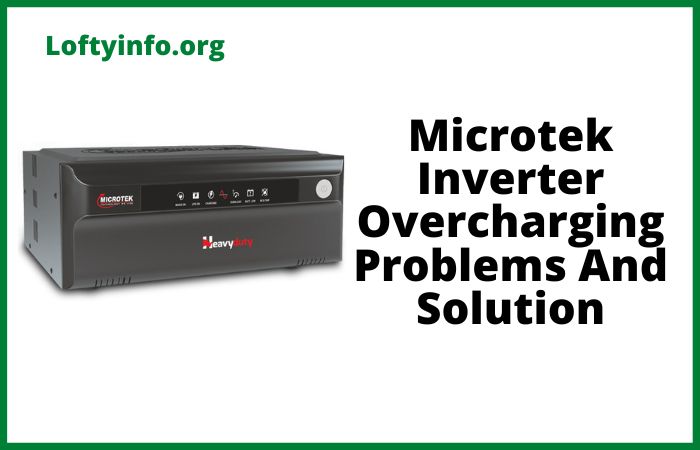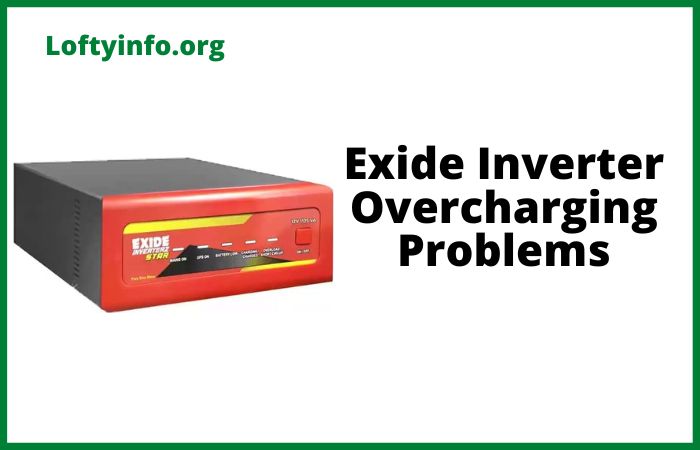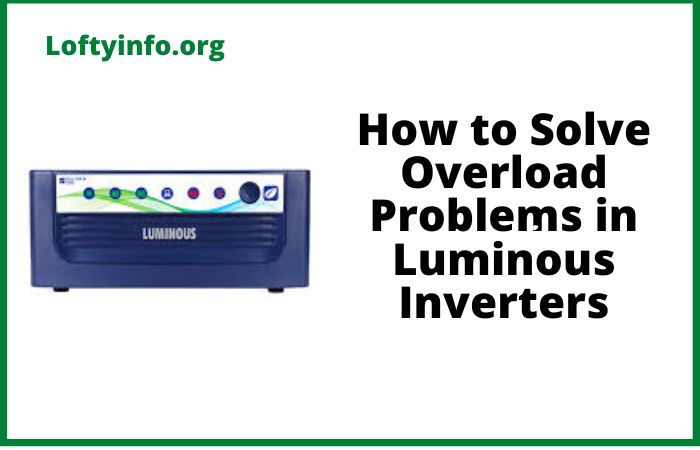Top 7 ways to power appliances directly from solar panels without using battery
When designing a solar system, one of the components with the highest cost is the battery.
This cost usually discourages people from having a solar system installed.
But the thing is that you can still power your appliances directly from solar panels without using a battery in the solar setup.
There are several ways of achieving this which includes;
1) Direct solar panel to DC load connection
2) Use of a boost converter
3) Use of a buck converter
4) Use of DC load output from charge controller
5) Use of an offgrid hybrid inverter
6) Using a PWM speed controller
7) Using solar powered pump controllers
Let us look at each method in detail
Best ways to power appliances directly from solar panels without using battery
1) Direct solar panel to DC load connection
In using a solar panel directly with a DC load, connecting the solar panel to the load is one of the ways to achieve this.
This method is dangerous and needs proper sizing of the solar panel used to avoid damage of appliances.
If the input voltage and current is too high, the appliance can be damaged.
If the input voltage and current is too low, the appliance will not work properly.
Let us use this 50 watts light as an example.
In the specification, it shows that the input voltage is between 12 volts to 24 volts.
Looking at the maximum current input, the current should not exceed 3.75 amps with an input voltage of 12 volts.
If the input voltage is 24 volts, the maximum current should not exceed 1.88 amps.
A solar panel a little higher but close to the specification is ideal for use.
For this light input specification, a 50 watts solar panel is ideal.
This solar panel produces 50 watts with a maximum power voltage of 16.5 volts and maximum power current of 3.34 amps.
This fits well for the light.
For very sensitive appliances, this method should not be used to avoid damages due to fluctuating current and voltage.
2) Use of a boost converter
Another way to power your appliances directly from solar panels without using batteries is through a boost converter.
A boost converter is used when the available power source provides a voltage lower than what the load requires.
It boosts or steps up the incoming DC voltage while proportionally reducing the current at the output which accounts for conversion losses.
Lets say we have a solar panel Vmp of 18 volts and an Imp of 3.2 amps.
But our 50 watts light requires 24 volts and 2.08 amps to work efficiently.
The solar panel will not be able to power the 50 watts light efficiently.
This is because the solar panel outputs a maximum of 18 volts while the 50 watts light requires 24 volts to function.
To power the 50 watts light with the solar panel, we have to use a boost converter to step up the voltage from 18 volts to 24 volts.
Let Pin be the power that comes into the boost converter from the solar panel.
Pin = 18 Volts * 3.2 Amps = 57.6 Watts
Let’s assume 90% efficiency for the boost converter.
Let Pout be the power that is produced from the boost converter.
Pout = Pin × (1 / Efficiency)
Pout = 57.6 × (1 / 90)
Pout=57.6W×0.9=51.8W
This is the power that will be outputted from the boost converter.
At this power, the boost converter will produce 24 volts.
The amps produced at 24 volts will be called Iout
Iout= 24V/51.8W = 2.16A
The boost converter will boost the 18 volts received from the solar panel to 24 volts while outputting 2.16 amps.
This will be able to power the 50 watts led light efficiently.
3) Use of a buck converter
Another way of powering your appliances from solar panels without using a battery is by making use of a buck converter.
The buck converter does the opposite of what the boost converter does.
Recall that the boost converter boosts the voltage to a higher value when the input voltage is low.
The buck converter reduces the voltage to a lower value than what it receives from the solar panel.
Let’s take a look at this buck converter.
This buck converter has a voltage input range of 7 volts to 20 volts. The voltage is in direct current.
This means that the direct current voltage that should be inputted into this buck converter should not be below 7 volts and not above 20 volts.
The buck converter outputs 5 volts with 3 amps.
This will easily power small devices like mobile phones and other 5 volts devices efficiently from the solar panel without needing a battery.
4) Use of DC load output from charge controller
The fourth way of using the power from a solar panel directly without using a battery is by connecting the load to the DC load output of a charge controller.
The solar charge controller has two DC output points.
The first point is the USB point that outputs 5 volts to charge devices like phones and any 5 volts device.
The second DC output point outputs 12 volts which can be used to power 12 volts devices like a 12 volts fan and other 12 volts appliances.
This is a very safe way of powering your 5 volts and 12 volts appliances directly from the solar panel’s power without using a battery.
5) Use of an offgrid hybrid inverter
To power devices that use alternating current directly from the solar panel without using a battery, you need an inverter.
The inverter converts that direct current supplied by the solar panel to alternating current for running appliances.
One of the best and known inverter brands for this type of task is the growatt offgrid inverter.
This method is very effective during the sunny season where there is enough sunshine during the day time.
With less sunshine, it is not really effective for use especially when using inductive equipment like air conditioners, vacuum cleaners and refrigerators that require up to 5 times their rated capacity to start.
To power appliances directly from solar panels with off grid inverters without battery effectively, there is an effective method I use that works well even on less sunny days.
This is by making sure you do not go above 30% of the solar array power.
I use the GROWATT 5KVA 48V SPF5000ES.
It has a pv input between 120 VDC to 450 VDC with a maximum PV input of 6000 watts.
To power the inverter, I use 10 monocrystalline solar panels of 600 watts each.
The panels have a Vmp of 40 volts and an Imp of 15 amps each.
The panels are connected in a 5s2p configuration.
This gives an output of 200 VDC and 30 amps producing a PV power of 6000 watts which is within the allowable PV input of the inverter.
This comfortably powers my office devices from morning till close of work even when the weather is not too sunny.
What we power in the office space includes;
5 lighting points of 10 watts led light giving a total of 50 watts for the 5 lighting points.
4 macbook laptops consuming a maximum of 300 watts when charging
1 32 inches tv consuming 50 watts
5 electric fans consuming 50 watts each consuming a maximum of 250 watts.
1 refrigerator consuming 90 watts.
If all the appliances are in use, the total energy used sums up to 790 watts which is still less than 30% of the total pv output.
Let me know in the comment section how this method is working for you and how you make it more efficient.
6) Using solar powered pump controllers
A solar powered pump is one of the commonest ways of powering appliances directly from solar panels without using a battery.
This is one of the methods employed when using a 12v off-grid solar setup to power appliances.
A solar-powered pump controller that works without a battery directly manages the power from the solar panels to operate the pump.
The controller adjusts the pump’s performance based on the available sunlight in real-time without needing energy storage.
As sunlight changes throughout the day, the controller adjusts the pump’s speed.
When there is more sunlight, the pump runs at full speed.
On cloudy days when less power is available, the controller reduces the pump’s speed to match the available energy.






